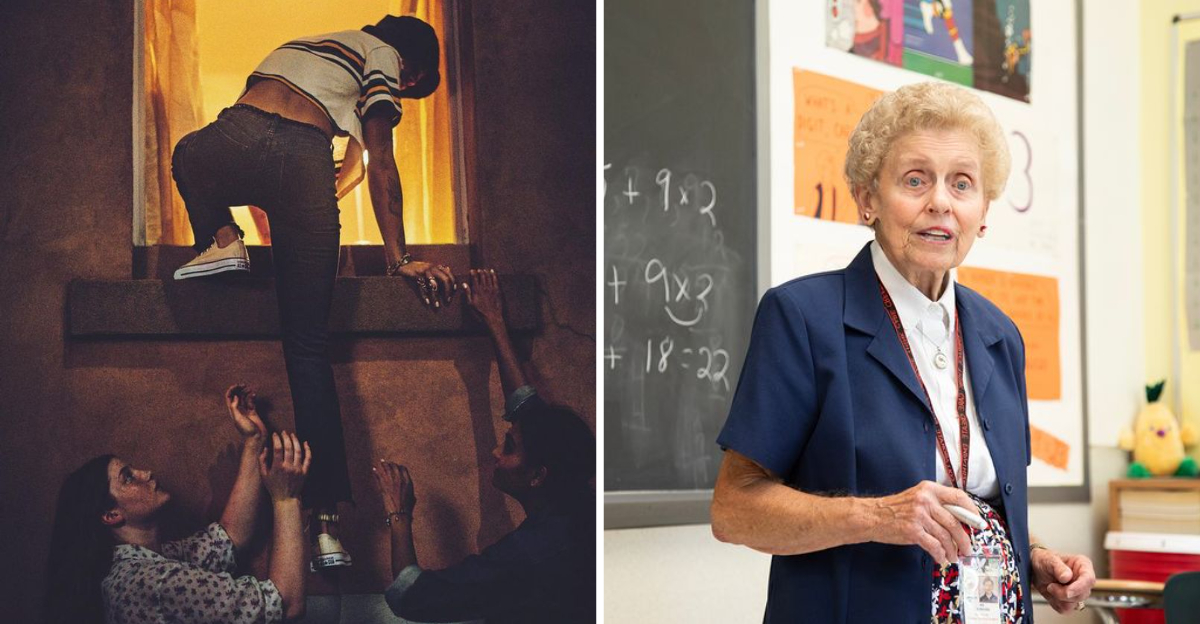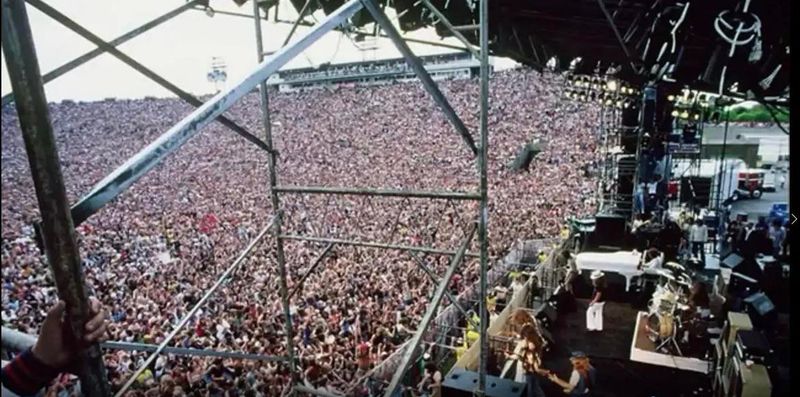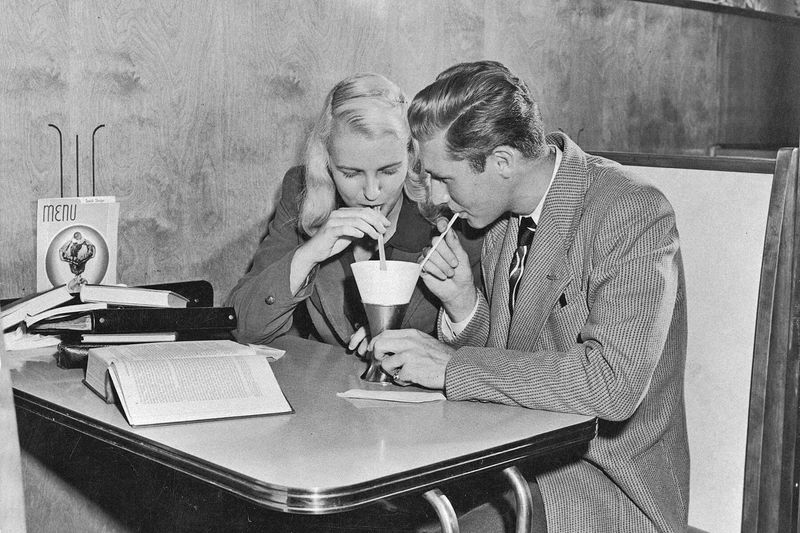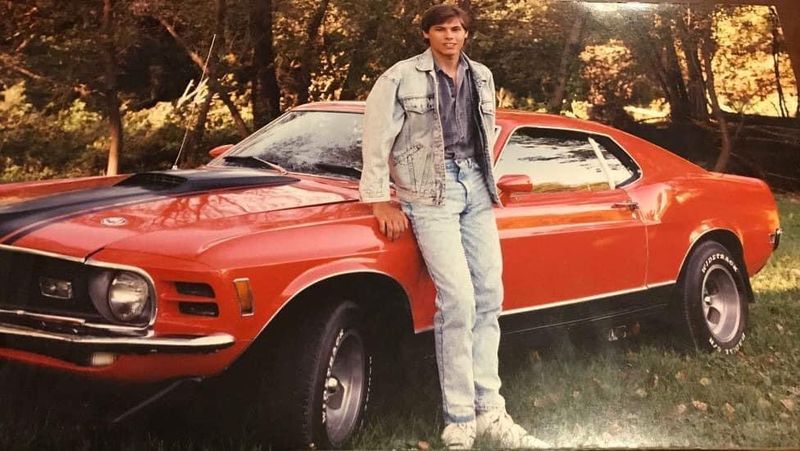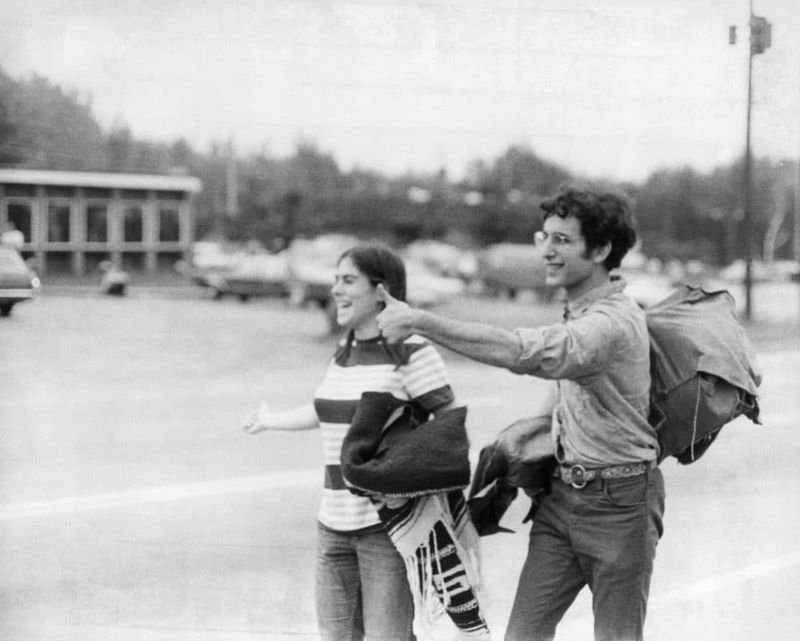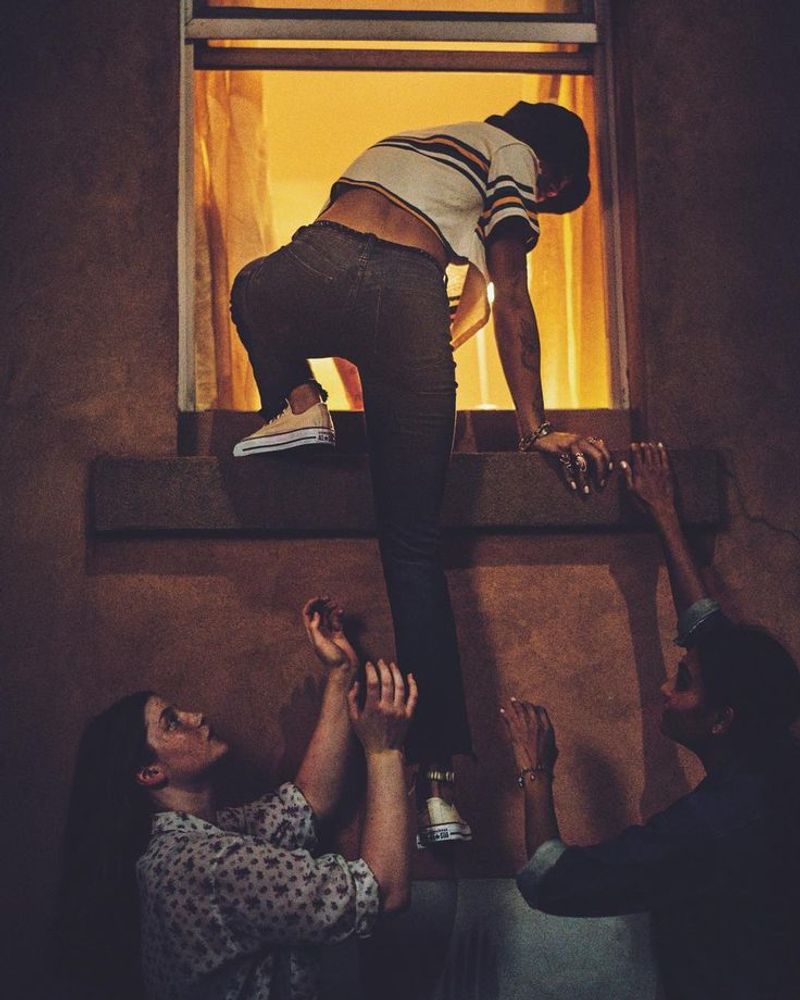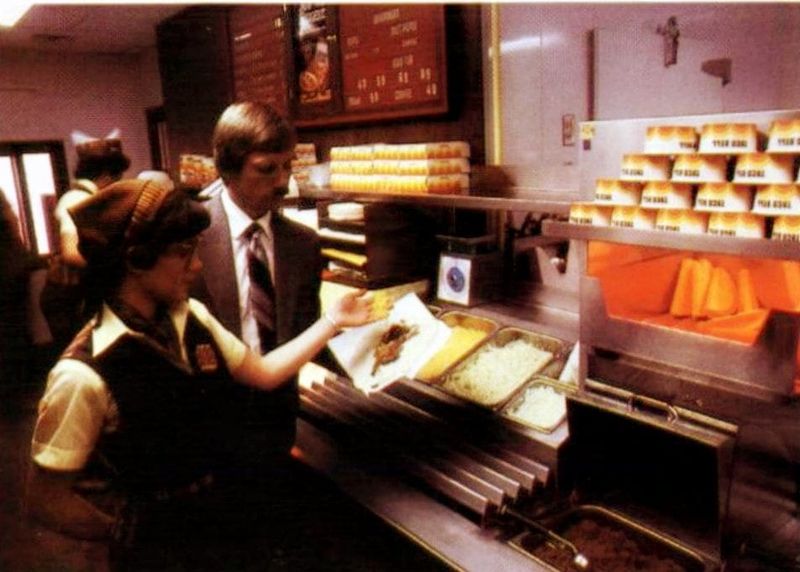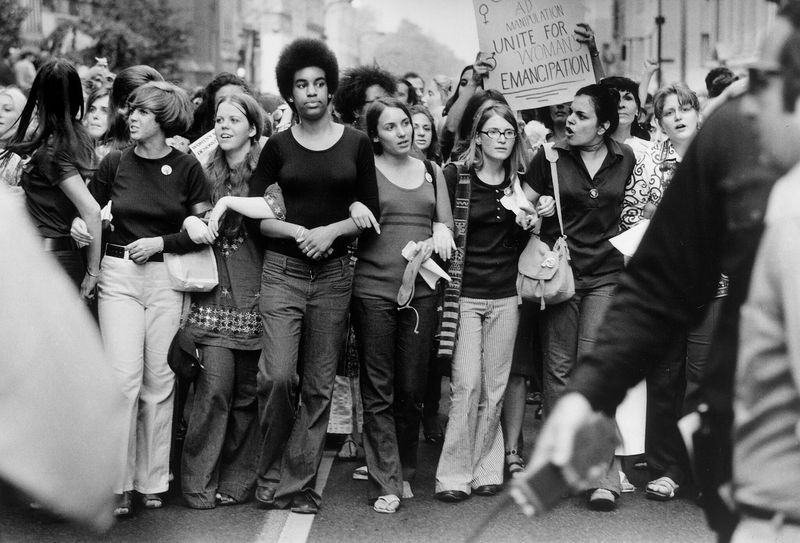Being a teenager in the 1970s meant more freedom than previous generations—but also more ways to be quietly judged. Whether by parents, teachers, or peers, everyday choices became unspoken morality tests. Here are 15 of them that shaped who you were… even if you didn’t know it at the time.
1. Letting a Friend Cheat Off Your Homework
Loyalty or dishonesty? Sharing homework answers with a friend in the 1970s was a quiet test of character. Was it a sign of friendship or a risky step into deception? Teachers didn’t take kindly to these collaborations, and a slip-up could tarnish your reputation. In a classroom filled with wooden desks and chalkboards, a subtle glance exchanged with a buddy set the stage for these unspoken agreements. This moral tug-of-war unfolded amidst the aroma of pencil shavings and the soft buzz of fluorescent lights. Choosing integrity or camaraderie was a choice many teens faced.
2. Skipping School for a Concert
Who didn’t dream of ditching class for rock and roll? Picture this: a covert operation involving a concert ticket, a vintage car, and a keen sense of timing. Skipping school for a concert in the 70s was a rite of passage—a thrilling escapade against the backdrop of parental authority. Whether it was Led Zeppelin or Fleetwood Mac, the decision held weight: prioritize music or education? With a heady blend of rebellion and passion, teens navigated this moral conundrum, often hoping the music’s magic would drown out any guilt or consequences.
3. Going Steady Before Marriage
In the era of bell-bottoms and disco, going steady was more than a trend; it was a statement. Holding hands over milkshakes at the local diner, couples declared a commitment that teetered between romance and rebellion. The older generation might have raised eyebrows, viewing it as too serious or too fast. Such relationships were a subtle challenge to social norms, a dance on the fine line between innocent affection and societal expectations. Teens in the 70s learned early on how love could both liberate and constrain, depending on who was watching.
4. Going to Church (or Skipping It)
Sundays meant choices beyond cereal or pancakes. For many 70s teens, the decision to attend church or sleep in was a test of faith, independence, and sometimes rebellion. The familiar sound of church bells clashed with the allure of a lazy morning, creating a conflict between tradition and teenage desires. This weekly test was less about belief and more about personal freedom, challenging teens to define their own spiritual journeys. Whether they chose communion or cartoons, the choice often whispered unspoken judgments about their values and priorities.
5. Driving Too Fast (or Letting Someone Else)
Ah, the thrill of a joyride! The 70s muscle car, roaring down suburban streets, was more than just transportation; it was a symbol of freedom and rebellion. Teens faced choices about speed, safety, and sensibility. Hitting the gas was a test of bravery—or recklessness—depending on whom you asked. With the wind whipping through their hair, young drivers and their friends danced on the edge of exhilaration and peril. These rides were narratives of courage or folly, shaped by the pulse of the engine and the social norms they defied.
6. Calling a Teacher by Their First Name
In some 70s classrooms, first-name basis was a revolutionary concept. Addressing a teacher with such familiarity was a gamble—sometimes appreciated, other times frowned upon. This small act challenged authority and tested the waters of respect and rapport. Students navigated a delicate balance, unsure if a teacher would view it as friendly or disrespectful. The air in the classroom thickened with anticipation, as peers watched for the teacher’s reaction. This seemingly minor choice became a quiet measure of a student’s boldness and perception of adult-student dynamics.
7. Having “The Talk” With Your Parents
Oh, the dreaded ‘talk.’ In the cozy confines of a wood-paneled living room, 70s teens often found themselves in uncomfortable conversations about life, love, and everything in between. Parents, armed with clumsy metaphors and awkward pauses, attempted to impart wisdom. For many teens, this was less about learning and more about enduring. The talk was a rite of passage, a strained dance between innocence and understanding. Whether enlightening or embarrassing, these discussions were moral tests of patience and maturity, shaping how teens perceived the adult world’s complexities.
8. Being Seen at the Record Store
Record stores were more than retail spaces; they were cultural havens. Every album purchase was a statement of identity and values. Was your taste edgy, mainstream, or eclectic? Browsing through the aisles, teens faced silent judgments from peers and clerks alike. The choice between Black Sabbath and Barry Manilow could define social standing. In the era of vinyl, music wasn’t just heard; it was worn proudly on sleeves. This quest for identity, played out among album covers and turntables, was a subtle yet impactful morality test of personal taste and authenticity.
9. Wearing a Mini Skirt (or Objecting to One)
To mini skirt or not to mini skirt? In the 70s, this fashion choice carried weight beyond fabric. For girls, wearing one was a declaration of boldness or, to some, impropriety. Public reactions varied, as did the silent judgments about character and morality. A teenage girl strutting down the street in a mini skirt navigated a terrain of both admiration and criticism. This sartorial choice tested societal norms, challenging perceptions of decency and liberation. Each hemline decision was a personal testament to the shifting boundaries of fashion and freedom.
10. Hitchhiking
A thumb outstretched on the open road was a common sight in the 70s. Hitchhiking was a test of trust, adventure, and sometimes naivety. For teens, it was a way to explore the world beyond the confines of home. Yet, the risks were real, and each ride was a gamble with safety and chance. Standing by the roadside, with the sky above and uncertainty ahead, a hitchhiker’s choice was both courageous and perilous. This test of character, freedom, and street-smart savvy defined the adventurous spirit of a generation on the move.
11. Sneaking Out After Curfew
The night called, and so did adventure. For many teens, sneaking out after curfew was a thrilling rebellion against parental rules. With the quiet rustle of leaves and the whisper of night air, each clandestine escapade was a test of cunning and audacity. Climbing out of windows, dodging creaky floors, teens embraced the risk for a taste of freedom. Whether for a drive-in movie or a spontaneous night out, these nocturnal adventures were a dance between excitement and the threat of being caught, shaping stories told in hushed tones by morning light.
12. Having a Job in High School
For 70s teens, a part-time job was more than pocket money; it was a test of responsibility. Working after school at fast food joints or retail stores, they balanced studies, social life, and the demands of employment. Each paycheck was a step towards independence, but also a judgment of character—were they industrious or neglectful of academics? The clatter of cash registers and the aroma of frying burgers set the stage for these coming-of-age experiences. Juggling work and school, teens learned valuable lessons in time management and the virtues of hard work.
13. Protesting (or Not)
In a decade of change, whether to protest was a pivotal choice for 70s teens. From civil rights to anti-war demonstrations, participation—or abstention—spoke volumes about values and courage. Marching with signs held high, teens joined a chorus of voices demanding change. Yet, the decision to stand up was fraught with fear of judgment or even backlash. The protest scene, vibrant and charged with energy, was a moral crucible—testing convictions and resilience. Teens learned that activism was as much about personal growth as it was about societal impact.
14. Reading Catcher in the Rye
A dog-eared copy of ‘Catcher in the Rye’ was a badge of honor for many 70s teens. This ‘banned’ book, shrouded in controversy, was both a literary journey and a moral exploration. Teens resonated with Holden’s angst and rebellion, reflecting on their own struggles and society’s norms. Reading it was an act of defiance and introspection, a quiet rebellion against censorship. In the solitude of a teenage room, surrounded by band posters, the novel’s pages turned with the weight of discovery and the thrill of clandestine knowledge.
15. Talking Back (Even Respectfully)
Questioning authority, even respectfully, was a delicate dance in the 70s. Teens found their voices often clashing with traditional respect norms. In family dining rooms, debates sparked over politics, music, and new ideas. Parents viewed this as either a sign of disrespect or independent thinking. Each conversation was a test of wit, patience, and perspective. Engaging in dialogue, teens navigated the fine line between assertiveness and rebellion. These exchanges, filled with clinking cutlery and earnest arguments, were crucibles of character, shaping the way young minds viewed the world and authority.
